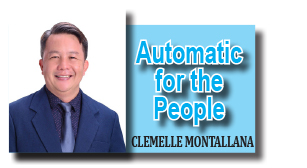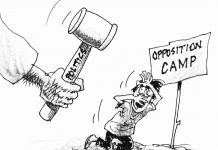If we continue to harm the environment,
we are making ourselves more vulnerable.
Rainy days in Eastern Visayas are more than just a change in weather—they can mean flooding, lost homes, damaged farms, and struggling families. Every year, the rains seem to get stronger, the typhoons more frequent, and the land less able to cope. We all prepare as best we can, stocking up on supplies, securing our homes, and listening for weather updates. But shouldn’t we also be asking why things are getting worse and what we can do about it?
The truth is climate change is making disasters hit harder. The planet is warming, causing stronger typhoons and heavier rains. Our forests, which used to absorb water and prevent floods, are disappearing. Our coastlines, once protected by mangroves, are eroding. If we continue to harm the environment, we are making ourselves more vulnerable.
The Mining in Homonhon and other areas, the secret yet lucrative logging perpetuated by illegal loggers deep in the hinterlands of Samar . The wanton disregard of harvesting soil for aggregates even in areas that soil erosion is prone.
We don’t have to be scientists or world leaders to help fight climate change. Simple actions, done by many, create big change. Plant trees, protect mangroves, and reduce waste—these small steps help restore nature’s defenses. Support local efforts for sustainable farming, renewable energy, and disaster preparedness. Talk about climate change with friends and family so more people understand what’s happening.
Most importantly, our voices matter. Communities can push for better policies that protect the environment and hold big industries accountable for pollution and deforestation. This isn’t just about surviving the next typhoon—it’s about making sure future generations inherit a world that is safe to live in.




